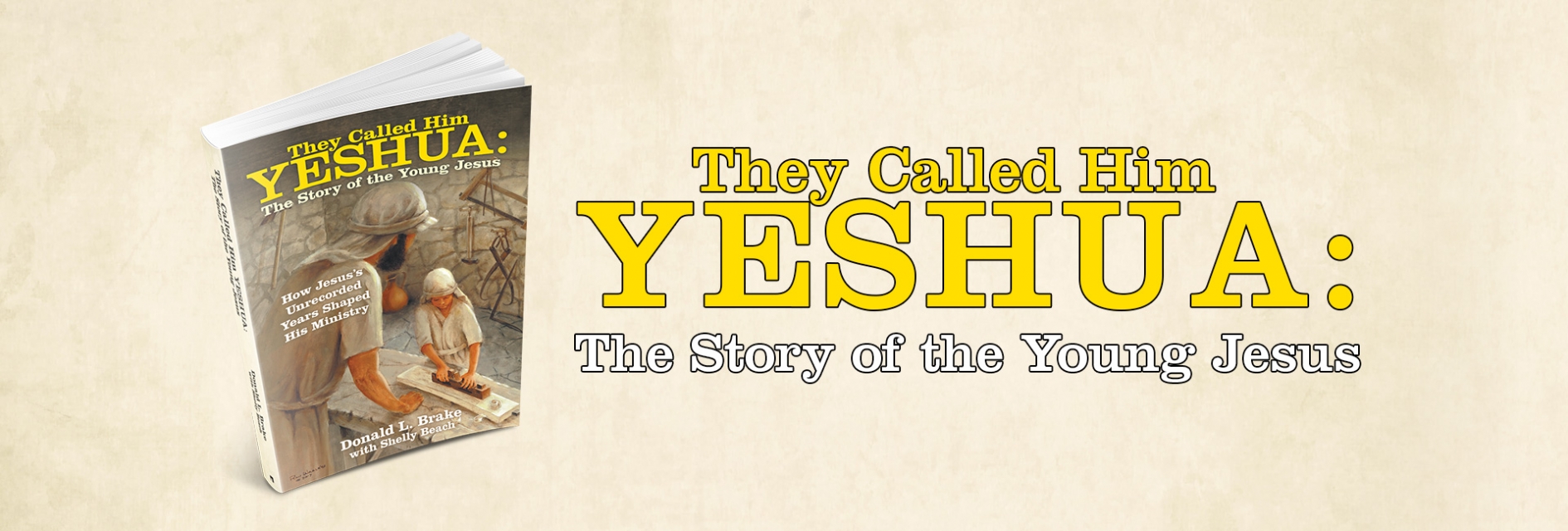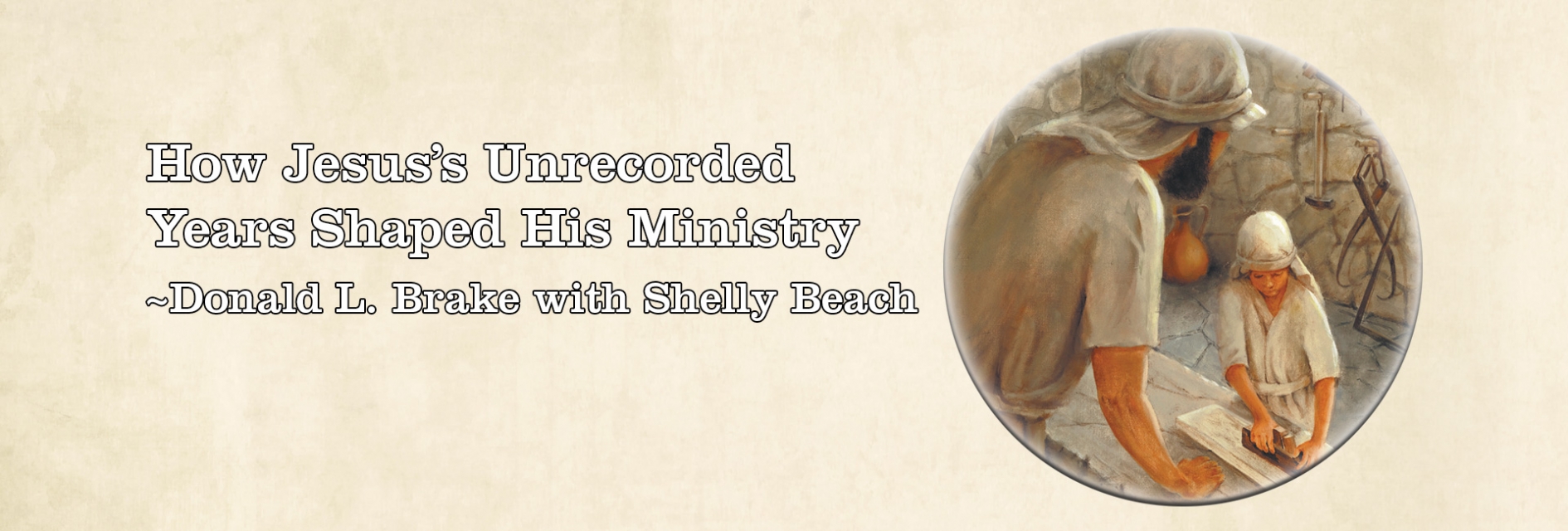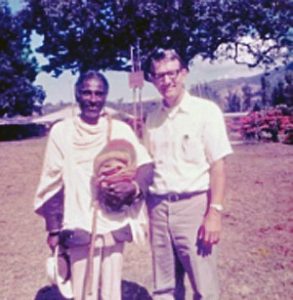

 Written by Donald Brake Sep 5, 2019
Written by Donald Brake Sep 5, 2019
LEWISVILLE, TX: In 1971 a young Bible teacher and his family began a ministry in Soddo, Wallamo, (now Wolaitta) Ethiopia. The province supported the largest group of protestant Christians in Ethiopia—a worldwide phenomenon. The local SIM Bible school taught grades 1-4 with an advance division for post-elementary 6th-grade students. All classes were taught in the national language, Amharic.
In addition, Ethiopians from our Bible school system taught in 13 district Bible schools. The schools were at a very basic level taught in the local tribal language which meant the teachers learned in Amharic but taught in tribal languages.
The enthusiastic teacher and his family spent their first-year learning Amharic in a language school. At the end of language training, they were assigned to Soddo, Wolaita, in south-central Ethiopia.
Video: Apostolic church of Ethiopia, Areka Bethel 2018.wolaita sodo choir
Beginning a ministry in the local Bible school, his language skills still developing, he began teaching the book of Revelation to fourth graders.
The author with Ato Wandaro 1973
Sitting on the front row in the class sat a wide-eyed, diminutive white-haired man known as Ato (Mr.) Wandaro. Although limited in the use of the national language, Amharic, he was drinking in every word.
The lesson pictured the future glory of Jesus the Messiah promised to believers. The teacher looked around after drawing some charts on the blackboard.
To his utter surprise, Ato Wandro sat with a smile revealing the teeth that were badly chipped or missing. Tears of joy flowing freely down his weathered cheeks.
It was a memorable moment for the teacher. He had been teaching a truth that affected this uneducated man of faith more than the teacher who was explaining the biblical text.
Photo by Georgia Maciel from Pexels
Ato Wandaro was one of the first Protestant believers in Ethiopia.
For centuries Ethiopia boasted its freedom from foreign occupation and colonialization. On October 3, 1935, Mussolini’s war machine invaded Ethiopia threatening their independence from foreign rule. The Protestants serving the Ethiopian church were forced to go home or go into exile in Sudan.
The conquering of the ill-prepared Ethiopians began a period of atrocities against the people. The voice of Ethiopians fell silent. Outsiders were in the dark as to what was happening. Would the new believers of the infant church survive such persecution?
At the end of 1941, a collation of British, Ethiopian, French and Free Belgian forces freed Ethiopia.
The question on everyone’s mind was what happened to the small church numbering about fifty.
To everyone’s surprise and delight the church had grown to nearly 10,000, in large part, through the efforts of Ato Wandro who had suffered greatly at the hands of the Italians.
Now, an octogenarian and grandfather of five, the not so young teacher returned to Ethiopia in December 2017 with his daughter and granddaughter to visit for the first time since leaving the country 40 years earlier after the coupe of Haile Selassie. (King of Kings: The Triumph and Tragedy of Emperor Haile Selassie I of Ethiopia by Asfa-Wossen Asserate – review)
The nostalgic threesome sought to visit their Soddo home and Bible school after 40 years. But to their disappointment, they discovered it had been destroyed over the years and none of the locals seemed to know where the location of the house and Bible school were.
Enter the Communist Derg
In the late seventies, the revolution replaced Emperor Haile Selassie with a communist regime called The Derg. Officially the Provisional Military Government of Socialist Ethiopia, the Derg was a Communist Marxist-Leninist military junta, or dictatorship, that ruled Ethiopia from 1974 to 1987
They occupied the old compound, Bible school, and destroyed the thirteen district Bible schools.
By 1987 a new collation of power ousted the Derg
and restored many of the properties taken by the Derg. The Bible schools were rebuilt and Christian ministries gained much more freedom to operate.
The foreign travelers turned to visit the new compound quite a distance from the old compound that is organized and maintained by the Ethiopian Church. Of course, the adventure seekers wanted to visit the campus of the Soddo Seminary. To their delight, it was a beautiful campus with surprisingly well-maintained buildings. Over 300 students were being taught at the highest-level using English as the language of instruction.
It was at this point that I was introduced to Ato Wandaro’s grandson, Workineh Abraham who was one of the teachers at the Seminary. My daughter and granddaughter were as excited as I to find out some of my students were children and grandchildren of the Bible school I taught in during the seventies.
My mind quickly went back to Ato Wandaro, who had passed away many years earlier, and it reminded me of the faithfulness of this giant man of faith. Not only has the church survived, but it has also flourished.
Beside me is the grandson of my most famous student in Ethiopia ato Wandaro. His grandson is teaching in the Soddo seminary. What an encouragement to see my generation Christians carrying on the ministry.
It is an amazing story of the legacy of God’s Ethiopian apostle, Ato Wandaro. Wandaro saw the spiritual need of a nation and suffered for his belief in his Savior.
My daughter and I returned in January 2019 to teach in the seminary and for me to preach to two of the local churches numbering over 4,000 each.
The church today numbers in Woleita more than 1,600,000.
This poem was written by a recent visitor to Soddo Christian Hospital. He wanted to remember his visit and this was the method God gave him for remembering his trip.
Where do we find God in Ethiopia,
Do we find Him in the bright, round eyes of a young boy in the hospital huddled close to his father?
Do we find Him in the quiet tears and prayers of a rounds team telling a patient he is going to die?
Do we find him in the tears of a young doctor fighting for a patient’s eyesight and begging for God’s providence?
Do we find Him in the sweet vespers hymns of a staff worn down by the cares of the day?
Do we find Him in the soft rain watering a thirsty land?
Yes, He is there!!
About the Author
Written by Donald L. Brake Sr.
Donald L. Brake Sr., PhD, Dallas Theological Seminary; Dean Emeritus, Multnomah Biblical Seminary of Multnomah University. A former pastor, he lives with wife Carol, in Lewisville, Texas. The author has served as a Missionary in Ethiopia, SIM; Professor of Theology, Multnomah Biblical Seminary; Pastor, North Carrollton Baptist Church; President, Institute of Holy Land Studies (now Jerusalem University College; and dean Multnomah Biblical Seminary; and co-founder Living Word Bible Museum. He currently is a freelance writer. The author’s experience as president of the Institute in Jerusalem has given him insight into the historical, cultural, and geographical background of Israel and the life of Christ. Dr. Brake has led tours to the Holy Land and has taught the life of Christ and the Bible’s historical/cultural backgrounds for more than thirty-five years. Dr. Brake wrote a series of fifteen articles for the St. Louis Metro Voice and has published the Wycliffe New Testament. His book A Visual History of the English Bible was published in 2008 (a 2009 Evangelical Christian Publishers Association Christian Book Award finalist); Jesus, a Visual History with Todd Bolen, 2014; A Monarch’s Majestic Translation, in 2017; and A Visual History of the King James Bible, in 2011 (with Shelly Beach; also translated into Portuguese as "Uma Historia Visual Da Biblia King James"), a commemorative edition celebrating four hundred years of the King James Version. His major article “Versions, English” was published in The Interpreters Dictionary of the Bible, vol. volume 5, Abington Press. His most recent work is They Called Him Yeshua: the Story of the Young Jesus, 2019.


